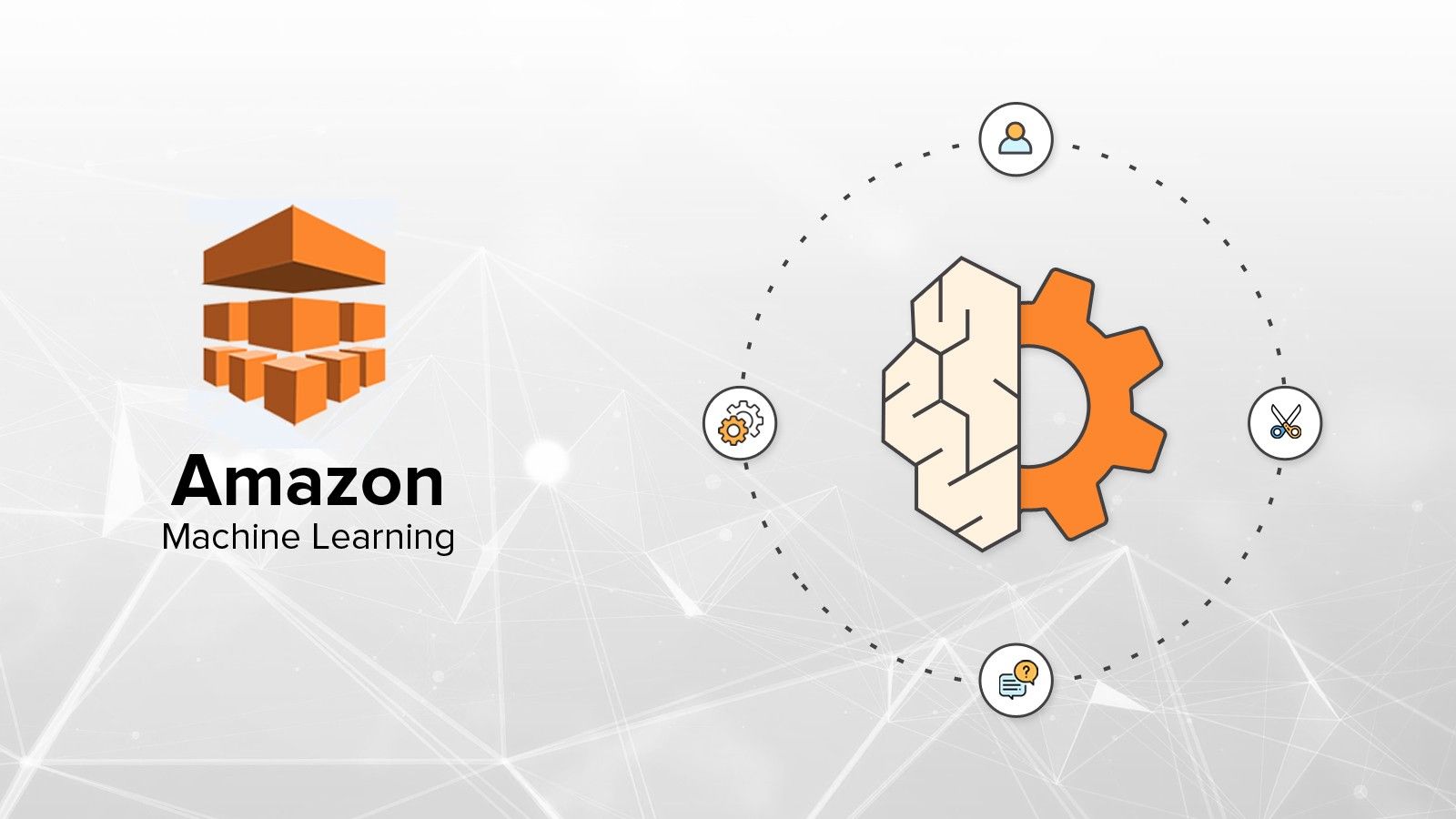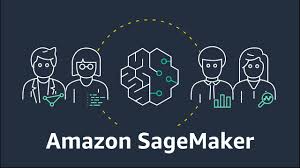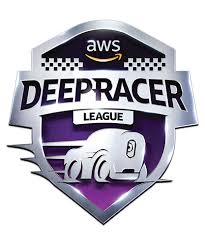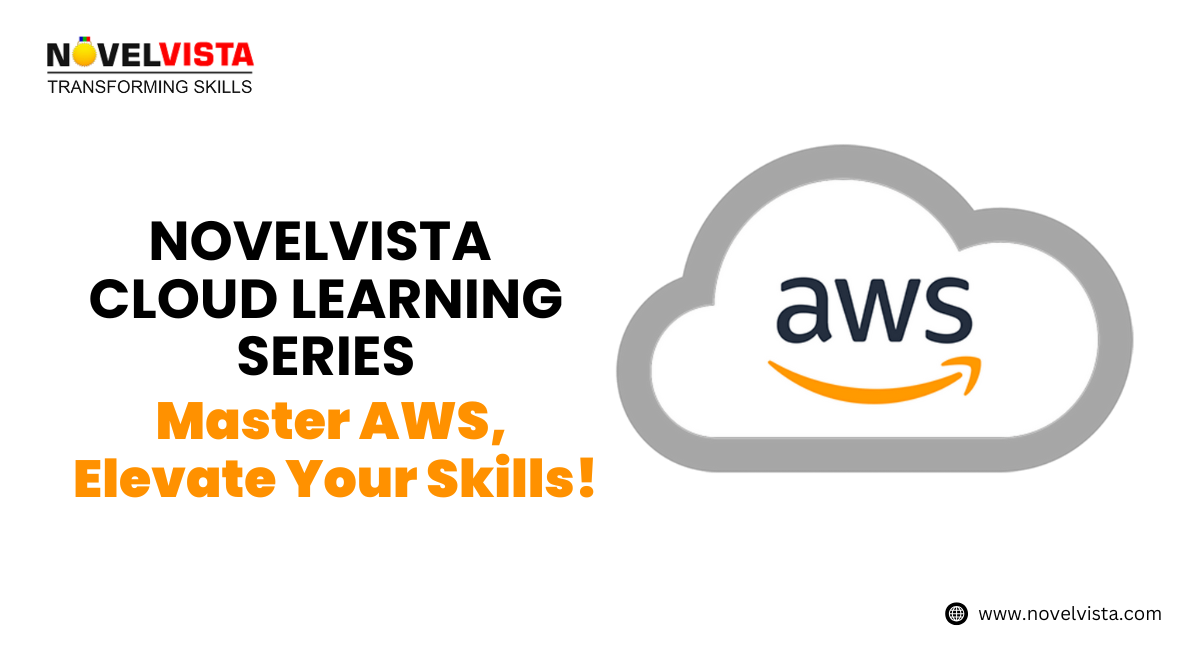The Evolution of Machine Learning
Machine learning allows computers to learn from experience without explicit programming. It originated with Arthur Samuel in 1959 and was further defined by Tom M. Mitchell in 1997.
Alan Turing's early work introduced the concept of machines being indistinguishable from humans in intelligence. This laid the foundation for machine intelligence benchmarks and inspired future research in AI and machine learning.
In Samuel's vision, computers could perform tasks that were traditionally only achievable by humans, improving their performance as they gained more data. Tom Mitchell’s definition, introduced in 1997, highlighted that machine learning is a performance-based process, where a system’s efficiency improves through experience.
An example is handwriting recognition, where a system learns to identify different handwritings more accurately as it processes more examples. This concept is central to many modern applications of machine learning.
Introduction to Machine Learning
Machine Learning (ML) is a subset of artificial intelligence that enables systems to learn from data, identify patterns, and make decisions with minimal human intervention. By employing algorithms and statistical models, machine learning allows computers to improve their performance on specific tasks through experience. ML encompasses various techniques, including supervised learning (where models are trained on labeled data), unsupervised learning (where patterns are discovered in unlabeled data), and reinforcement learning (where agents learn to make decisions by receiving rewards or penalties). The applications of machine learning are vast, ranging from image and speech recognition to predictive analytics and natural language processing, significantly transforming industries by enhancing automation and efficiency.
AWS and Machine Learning
Amazon Web Services (AWS) is a comprehensive cloud computing platform that offers a wide range of services to support machine learning (ML) development. AWS provides powerful tools and frameworks, such as Amazon SageMaker, which simplifies the process of building, training, and deploying ML models at scale. Additionally, AWS offers various pre-built machine learning services, including Amazon Rekognition for image analysis, Amazon Comprehend for natural language processing, and Amazon Personalize for creating personalized recommendations. With its scalable infrastructure, extensive data storage solutions, and integrated analytics capabilities, AWS empowers organizations to leverage machine learning to gain insights, automate processes, and drive innovation across various industries.

Discover Machine Learning! 🚀
Unlock AI-powered innovation and automation.
AWS Machine Learning Services
Amazon SageMaker
A fully managed service that enables developers and data scientists to build, train, and deploy machine learning models quickly. It provides tools for data labeling, training, tuning, and hosting models.

Amazon Rekognition
A service that allows developers to add image and video analysis to their applications. It can identify objects, people, text, scenes, and activities, as well as detect inappropriate content.

Amazon Comprehend
A natural language processing (NLP) service that uses machine learning to find insights and relationships in text. It can perform sentiment analysis, entity recognition, and topic modeling.

Amazon Polly
A text-to-speech service that turns text into lifelike speech using deep learning technology. It offers a variety of voices and languages, enabling applications to provide a more engaging user experience.

Amazon Lex
A service for building conversational interfaces using voice and text. It powers chatbots and virtual assistants by integrating automatic speech recognition (ASR) and natural language understanding (NLU).

Amazon Forecast
A fully managed service that uses machine learning to deliver accurate forecasts based on historical data. It can be used for demand planning, inventory management, and resource allocation.

Amazon Personalize
A machine learning service that helps developers build real-time personalization and recommendation systems for applications. It allows businesses to provide tailored experiences to their users.

Amazon Transcribe
An automatic speech recognition (ASR) service that converts spoken language into text. It can be used for transcription of audio files, enabling applications to process voice data effectively.

AWS DeepRacer
A fun and educational tool for learning about reinforcement learning (RL). It includes a 1/18th scale race car that users can train to drive autonomously using AWS machine learning services.

These services empower businesses to leverage machine learning capabilities easily and efficiently, enhancing their applications and driving innovation.
Best Practices for Machine Learning on AWS
Define Clear Objectives
Start with a clear understanding of the problem you want to solve. Set measurable goals and key performance indicators (KPIs) to track progress.
Use the Right Data
Ensure that you have high-quality, relevant, and sufficient data. Perform data preprocessing and cleaning to remove noise and inconsistencies.
Leverage Managed Services
Utilize AWS managed services like Amazon SageMaker for model training and deployment, which can simplify the process and provide scalability.
Experiment with Algorithms
Test multiple machine learning algorithms and techniques. Use SageMaker's built-in algorithms or bring your own to find the best fit for your data.
Optimize Hyperparameters
Use automated hyperparameter tuning features in SageMaker to optimize model performance by finding the best set of parameters for your algorithms.
Monitor Model Performance
Implement continuous monitoring of model performance in production. Use Amazon CloudWatch and other monitoring tools to track metrics and detect anomalies.
Version Control Models and Data
Maintain version control for datasets and models to track changes over time. This helps in reproducing results and rolling back if necessary.
Implement Security Best Practices
Protect sensitive data and models using AWS security features like IAM roles, encryption, and VPC configurations to restrict access.
Enable Collaboration
Foster collaboration among data scientists, developers, and business stakeholders to ensure alignment and improve the development process.
Stay Updated
Keep abreast of the latest advancements in machine learning and AWS services. Regularly update your skills and knowledge to leverage new tools and best practices.
Real-World Use Cases
Fraud Detection
Financial institutions use AWS machine learning services to analyze transaction data in real-time, identifying unusual patterns and preventing fraudulent activities.
Personalized Recommendations
E-commerce platforms leverage Amazon Personalize to provide tailored product recommendations to users based on their browsing history and preferences, enhancing user engagement and sales.
Predictive Maintenance
Manufacturing companies employ AWS machine learning to predict equipment failures by analyzing sensor data, enabling proactive maintenance and reducing downtime.
Image and Video Analysis
Media companies utilize Amazon Rekognition to automatically tag and categorize images and videos, streamlining content management and improving search capabilities.
Sentiment Analysis
Businesses use Amazon Comprehend to analyze customer feedback and social media posts, gaining insights into public sentiment and making data-driven marketing decisions.
Healthcare Diagnostics
Healthcare providers implement machine learning models on AWS to analyze medical images and patient data, assisting in diagnosing conditions like cancer and heart disease.
Supply Chain Optimization
Retailers leverage AWS Forecast to analyze historical sales data and external factors, enabling accurate demand forecasting and inventory management.
Natural Language Processing
Companies use Amazon Lex to create chatbots and virtual assistants that can understand and respond to customer inquiries, improving customer service and reducing operational costs.
Autonomous Vehicles
Automotive companies employ AWS machine learning to develop and train algorithms for self-driving cars, using data from various sensors to improve safety and navigation.
Energy Consumption Prediction
Utilities utilize machine learning on AWS to analyze consumption patterns, helping predict energy demand and optimize resource allocation.
Future Trends in Machine Learning on AWS
- Increased Automation: As machine learning workflows become more complex, AWS is expected to enhance automation tools that streamline model training, tuning, and deployment, reducing the manual effort required.
- Explainable AI: With the growing emphasis on transparency in AI models, AWS will likely invest in tools and frameworks that help users understand model predictions, promoting trust and regulatory compliance.
- Federated Learning: AWS may adopt federated learning techniques that allow models to be trained across decentralized devices while keeping data local. This enhances privacy and reduces data transfer costs.
- Integration with IoT: The convergence of machine learning and IoT will continue to grow, with AWS offering more solutions for real-time data processing and analytics from IoT devices, enabling smarter applications.
- Improved Natural Language Processing: Advances in NLP will lead to more powerful tools on AWS, facilitating more nuanced language understanding, sentiment analysis, and conversational AI capabilities.
- AI-Powered Data Management: AWS is likely to leverage machine learning to optimize data management, enabling intelligent data ingestion, cleaning, and organization processes that enhance analytics.
- Serverless Machine Learning: The adoption of serverless architectures for machine learning will increase, allowing users to build and deploy ML models without managing infrastructure, leading to cost efficiencies and scalability.
- Ethical AI Practices: As AI adoption grows, AWS will focus on providing tools and best practices to help organizations implement ethical AI frameworks, ensuring fairness, accountability, and transparency in AI solutions.
- Edge Machine Learning: The trend of deploying machine learning models at the edge will accelerate, enabling faster inference and reduced latency for applications in industries like healthcare, manufacturing, and autonomous vehicles.
- Quantum Machine Learning: With the rise of quantum computing, AWS is expected to explore quantum machine learning capabilities, offering new ways to solve complex problems that classical algorithms struggle with.
Author Details

Vaibhav Umarvaishya
Cloud Engineer | Solution Architect
As a Cloud Engineer and AWS Solutions Architect Associate at NovelVista, I specialized in designing and deploying scalable and fault-tolerant systems on AWS. My responsibilities included selecting suitable AWS services based on specific requirements, managing AWS costs, and implementing best practices for security. I also played a pivotal role in migrating complex applications to AWS and advising on architectural decisions to optimize cloud deployments.
Confused About Certification?
Get Free Consultation Call









